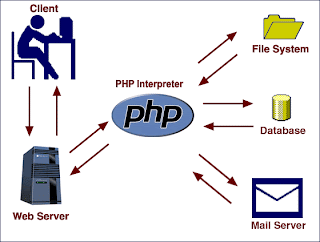#1 BASIC TERMS OF ANDROID:
1). General and versions:
- Android – an open source operating system for mobile phones by Google.
- Open Source – A software with an open source code which is accessible to anyone who wishes. the code is free for viewing, using, editing, and distributing for each and every one.
- AOSP – Android Open Source Project. Android source code. All the official versions of Android, and most versions of the various developers – are built according to this source code.
- Sense UI – the user interface of HTC. The interface is based on the AOSP, but comes with many more features from HTC.
- Motoblur – the user interface of Motorola. Also is based on the AOSP but comes with its own changes.
- Rachel UI – user interface from Sony Ericsson.
- TouchWiz – user interface from Samsung.
2).More terms:
- Root / SU – an administrator permission for the device (SU = SuperUser). With this permission you can edit files in the ‘System’ of the device. carriers / manufactures are tend to block access to the system in order to keep the users from editing the OS of the device. An access to those system folders, will give us the ability to add themes, modify the look of the user interface, install certain apps that requires root access, etc…
- ROM – (Read Only Memory) the part of the memory that contain the operating system / our current Android version.
- Wipe – restore factory settings. Delete all the data and settings the user added or modified on the of the device. In other words: restoring the device to the point it has the same conditions as you first got if from the store.
- Android SDK – (System Developer’s Kit) the development environment of the open source Android. Including accessories, simulator, and more.
- ADB – form of communication device. In ADB device connected via USB to the computer, and we will use the CMD window on your computer to call the device with commands. Guide is coming soon.
- Shell / Terminal – a place where we write the commands to the operating system.
- Nandroid – backup and restore tool of the entire operating system. You need a root permissions for this.
- A2SD – (Application’s To SD card) by default, the apps we download to the device, stored on the device’s internal memory. with A2SD you can transfer them to a special partition in the SD card, in order to save memory. Most of the recent devices from 2011 have a large enough internal memory so this is not so important anymore.
- OTA – (Over The Air) Most official updates to Android are made this way. Google / the manufacturers upload the update and push it to the various devices. Alert of the update appears on the top bar of the device, and with one click the device updates itself.
JUGAADIN.COM




